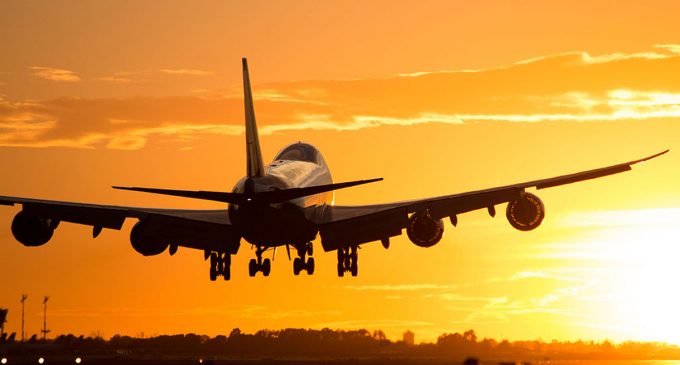Bhubaneswar Could Have Two Airports By 2040: Vision Aviation Document

Mumbai: Bhubaneswar along with top 31 Indian cities may have two airports by 2040 to cater to the exponential surge in passenger traffic, said a vision document released at the ongoing Global Aviation Summit here. It said the cities such as Mumbai and Delhi will have three airports by that time.
1. The report which was released by Civil Aviation Minister Suresh Prabhu on Tuesday, has put Bhubaneswar among the top 24 airports accounting for 99 per cent of the air traffic in India, including international arrivals and departures.
2. Sources in the Ministry said that Bhubaneswar will be among the top 31 cities identified which could have a second airport, the announcement of which was made by the Civil Aviation Ministry last year.
3. The city airport has seen a phenomenal growth in passenger traffic in recent years. According to the latest Airport Authority of India data, Bhubaneswar airport witnessed a staggering 39 per cent growth in passenger traffic (domestic and international) between April and November last year as compared to the same period the previous year. It handled 27.18 lakh passengers as opposed to 19.54 lakh the previous year. In all, 19,921 aircraft movement was registered during the first eight months of the ongoing fiscal year.
4. The vision document has hailed Odisha along with states such as Andhra Pradesh, Jharkhand, Madhya Pradesh, Chhattisgarh and West Bengal etc for reducing taxes on ATF to 0-5 percent at many or all of their airports. While larger states like Delhi, Maharashtra, Tamil Nadu, Karnataka etc. continue to charge high rates of 24-30 percent, the report said that once fueling starts shifting to other states due to the tax differential, ATF taxes across the country will come down gradually.
5. “India may have around 190-200 operational airports in 2040. Its top 31 cities may have two airports and the cities of Delhi and Mumbai three each. The incremental land requirement is expected to be around 150,000 acres and the capital investment (not including cost of acquiring land) is expected to be around USD 40-50 billion,” the Vision Document 2040 said.
6. According to the document, while most of the airports’ passenger capacity will saturate in the next 15 years, India will have to nearly double the count from 99 to 200.
7. It said that India, the seventh-largest aviation market with 187 million passengers (to, from and within India) in 2017-18, is expected to become the third-largest by 2022, inching closer to the U.S., projected number two. The air passenger traffic in India is expected to grow to sixfold to 1.1 billion by 2040. The commercial airline fleet is likely to grow from 622 carriers in March 2018 to around 2,359 in March 2040.
8.By 2040, India will witness a boom in usage of drones and helicopters, especially in urban commuting and medical evacuation. With a supportive policy regime, India could become a global leader in research, design and manufacturing of drones and anti-drone systems. There could be over 200 amphibious aircraft located across India’s coastline and waterbodies.
9. Drones will be ubiquitous by 2040, like cellphones today. They would seamlessly transport humans and cargo from door to door. They would do everything that a helicopter can do plus a lot more.
10.Surprisingly the report has suggested raising the GST on economic class ticket from 5 per cent to 12 per cent. Arguing that Airline Turbine Fuel (ATF) needs to be brought under the ambit of GST at the earliest, it said the loss to the government on account of this could be offset by raising GST slab on economic class ticket.

Comments are closed.